“The Queen is dead, long live the Queen”: Hylomyrma primavesi has ergatoid queens
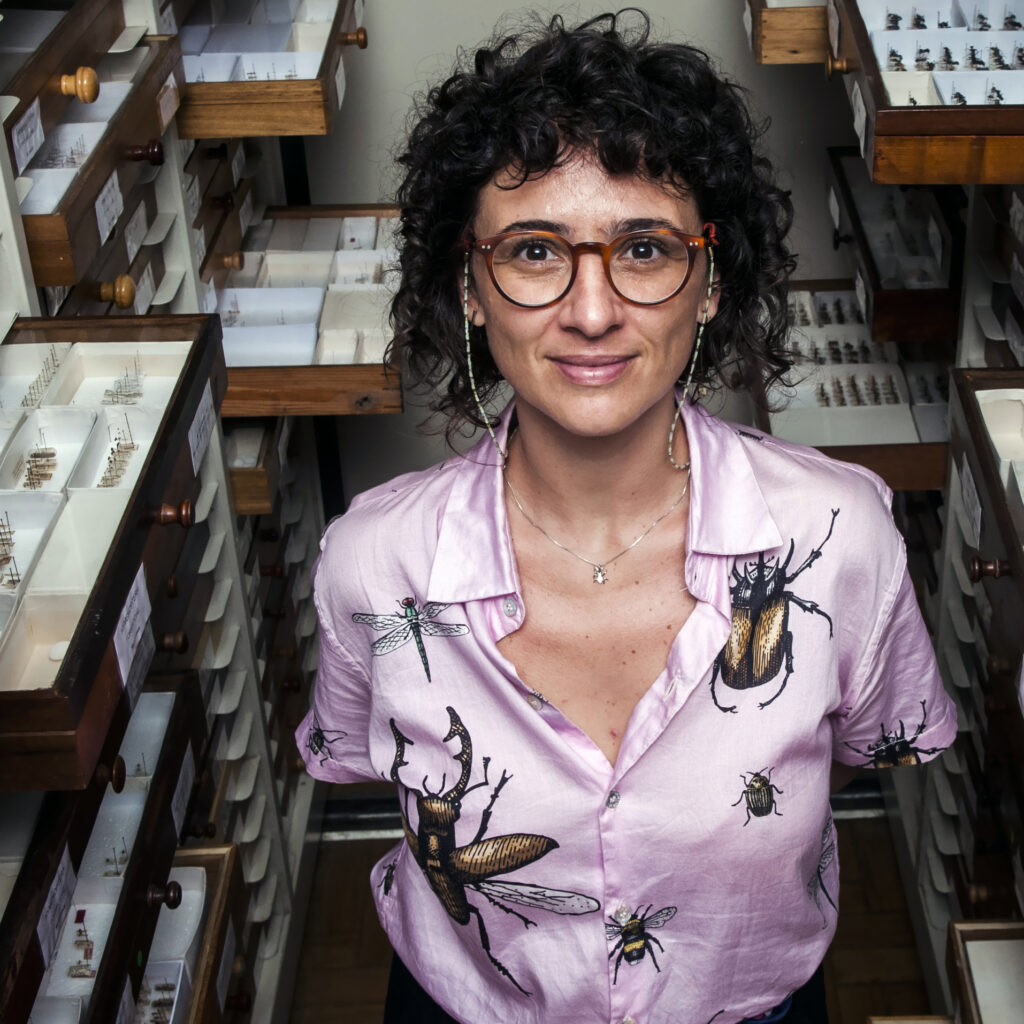
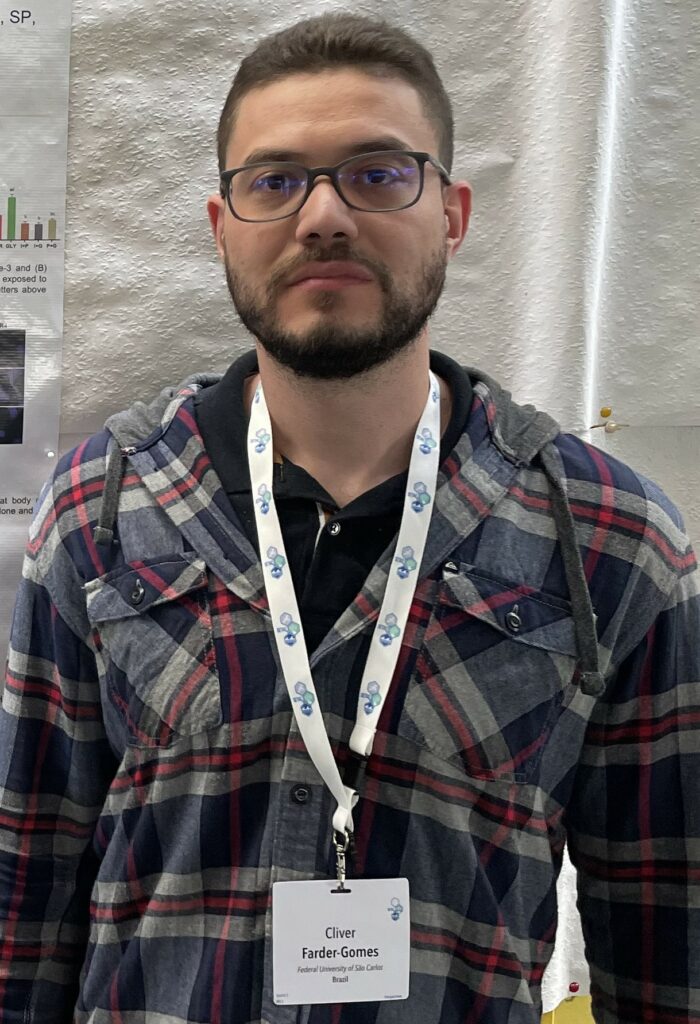
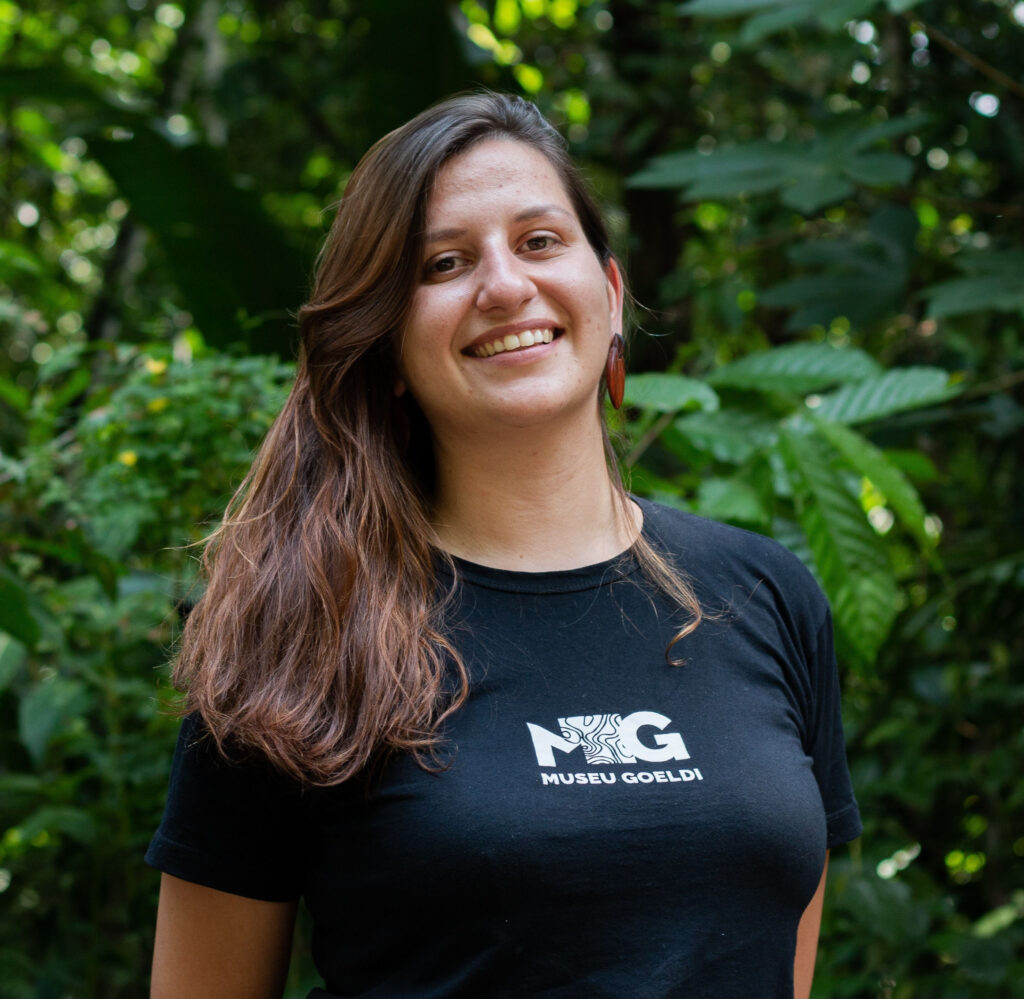
In the recent paper “Biological notes, nest architecture and morphology of the remarkable ant Hylomyrma primavesi Ulysséa, 2021 (Hymenoptera: Formicidae: Myrmicinae)” published in Myrmecological News, Mônica A. Ulysséa, Cliver F. Farder-Gomes, and Lívia P. Prado explore the relatively unknown biological aspects of the recently identified ant species, H. primavesi. The study was conducted in Minas Gerais, Brazil, and the authors present the first insights into this species’ behaviours, nest structure, feeding habits, and reproductive biology. Here, Mônica highlights the main points.
An Interview compiled by Alice Laciny and Patrick Krapf

MNB: Could you tell us a bit about yourself?
MAU: I am a Brazilian scientist, born and raised on a very beautiful island in the southern part of the country named Santa Catarina Island. The landscape there is incredible: mangroves, sand-dune environments, lakes, and mountains covered by Atlantic Forest. Being surrounded and touched by nature led me to get a bachelor’s degree in biology at the Federal University of Santa Catarina (UFSC). During college, I was able to get to know different places and biomes in Brazil for the first time by participating in conferences, collecting trips, volunteer internships in national parks and student activism. At that time, in 2004, I started studying ants. My first undergraduate research project looked into the association between ants and bromeliads. Twenty years later, exploring different areas along the way (ecology, ethnobiology, taxonomy, curation, science art, phylogenomics), I continue to study ants! I am an ant taxonomist and systematist who combines field and laboratory work to improve our understanding of the diversity and evolution of ants in the Neotropics. During my postdoctoral fellowship at the Museum of Zoology at the University of São Paulo (MZSP), I led two projects: (1) a comprehensive checklist of the ants from São Paulo State, Brazil, to identify priority areas for research, conservation planning, and land management actions, and (2) a phylogenomic study to infer species delimitation and the evolution of morphological novelties in the ant genus Hylomyrma. With the postdoctoral grant, I was also able to dedicate time to expand our understanding of the natural history of Hylomyrma ant species.
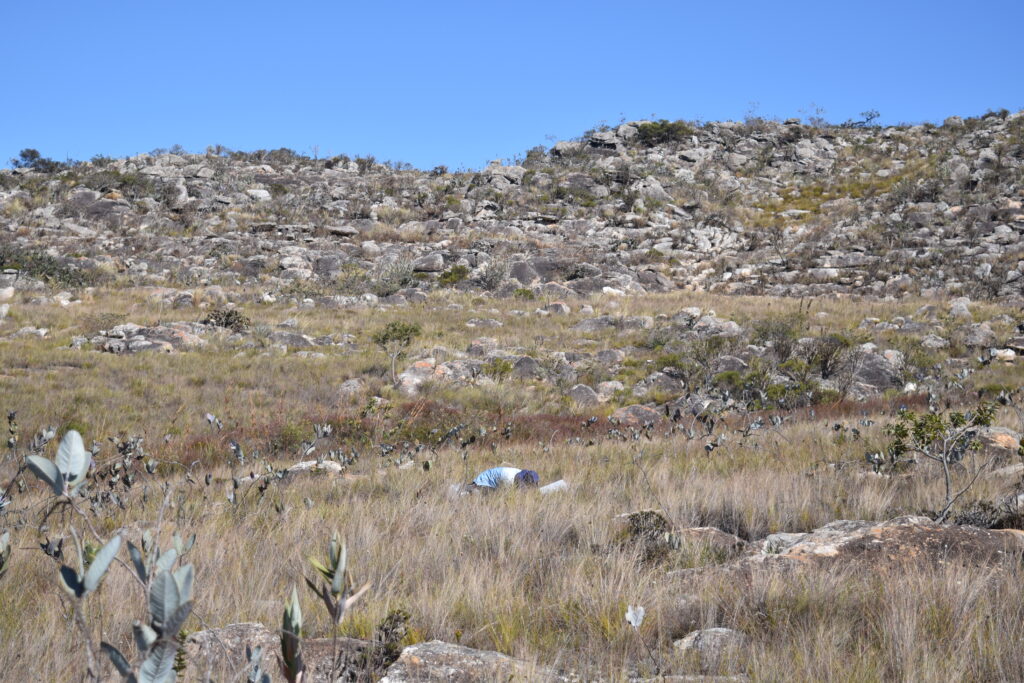
MNB: Could you briefly outline the research you published in Myrmecol. News in layman’s terms?
MAU: Hylomyrma primavesi is an ant species described recently, in 2021 (Ulysséa & Brandão 2021), although it was first collected in 2011 within the Long Term Ecological Research Program (PELD) funded by the Brazilian National Council for Scientific and Technological Development (CNPq). This species has a blackish body, unique among Hylomyrma species, and only occurs in higher elevations (1,100 – 1,300 m) in the Serra do Cipó region, in Minas Gerais State, Brazil. This is a beautiful region, characterized by rocky grassland environment and a high degree of endemism. The results of my PhD led me to look for Hylomyrma nests aiming to address questions on intercaste specimens, reproductive biology and caste development. Intercastes are these intriguing specimens that combine worker- and queen-like traits in a system where winged queens and workers are extreme outcomes of a continuous developmental path. The presence of a greater number of worker-like intercastes in H. primavesi and the fact that the winged queen was unknown regardless of the huge ant sampling effort of PELD Campos Rupestres, led me to hypothesize that perhaps intercastes were responsible for reproduction within this species. With that in mind, we went to the field looking for H. primavesi nests. Here, we present our findings: the description of the ergatoid queen (a permanently wingless reproductive adult), male, immatures, female reproductive tract, nest architecture, and feeding preferences of this species. We also comment on the evolution of new castes from the perspective of the hourglass model and the standard models, shedding light on the caste development and evolution within Hylomyrma.

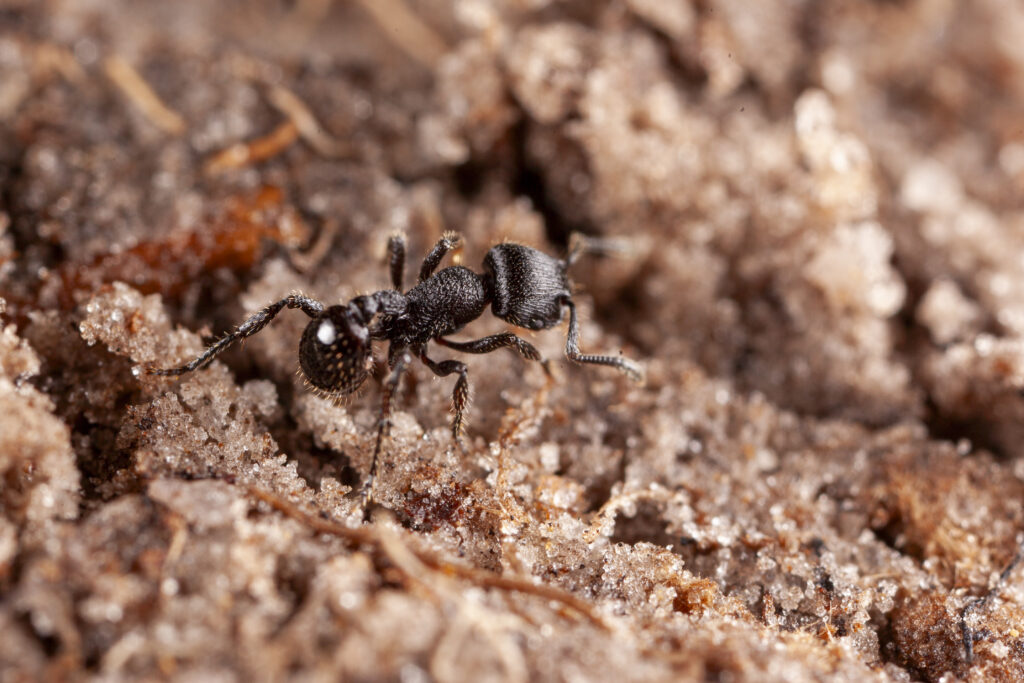
MNB: What is the take-home message of your work?
MAU: … that a) intercaste specimens are not rare in Hylomyrma; b) H. primavesi is unique within the genus because it has only ergatoid queens and no winged queens; c) as the Hylomyrma sister-group is Pogonomyrmex – which exhibits the most diverse range of queen phenotypes found in ants – we may expect to recognize Hylomyrma species with a dimorphic reproductive caste in the future. Recently, at the MZSP, we received a brachypterous specimen of Hylomyrma immanis from the PhD student Marília Costa, collected in Acre State, Brazil, by Fernando Schmidt and colleagues. … and that d) Hylomyrma can be a great focal group for better understanding the evolution of novel castes and the female phenotypic diversity, and for evaluating the hourglass model. The hourglass model is a conceptual framework used in evolutionary biology to describe the process of caste evolution in social insects. It suggests that the development of new castes (i.e., specialized groups within a colony, such as workers, soldiers, or queens) originates due to changes in the distribution of body sizes within a species that alter the occupied regions of phenotypic space between workers and winged queens.
MNB: What was your motivation for this study?
MAU: A very interesting result of my PhD was the recognition of intercaste specimens for 11 Hylomyrma species out of 30 – a considerable number! While studying specimens of H. reitteri, my first interpretation was to consider that this species had minor and major workers, but further observations on external morphology allowed the recognition of those phenotypes as workers and intercastes. Even more exciting, four species that belong to the same clade – H. balzani, H. lopesi, H. primavesi, and H. reitteri – display the widest-documented range of adult female caste phenotypes within this genus. All this phenotypic diversity fascinated me and I delved deeper into this subject. During my time at UPMC, with Dr. Christian Peeters, I explored morphometrics to delimit castes in three of the species mentioned above, which clearly present female specimens with more queen-like traits that could be understood as ergatoids. To unravel the function of these specimens, we first needed to locate nests and then conduct analyses of the reproductive tracts using fresh specimens. However, our understanding of Hylomyrma species’ biology was very restricted and the nests were unknown. So, I felt challenged to find Hylomyrma nests to answer those questions. I started with H. primavesi because it is an endemic species distributed in a small region and I thought it would be easier to find it. Luckily, we found a nest on the very first day of fieldwork!
MNB: What was the biggest obstacle you had to overcome in this project?
MAU: Developing the entire project during the pandemic was challenging. Conducting fieldwork was the best thing during this period as it allowed for isolation. Lab work posed even greater difficulties due to staff rotation at the Hymenoptera lab and the museum. Locating colonies can be a frustrating activity, and rearing them proved to be stressful. However, when you discover the first nest and all the others, or witness specimens accepting the provided food, it is very stimulating!
MNB: Do you have any tips for others who are interested in doing related research?
MAU: Get as much time as possible to conduct natural history observations in the field and be very, very patient! Learn how to maintain a colony at the laboratory and establish a routine for observing the species’ behavior. These practices can yield new insights along with your knowledge on collection-based studies, opening up avenues for further lines of questions.
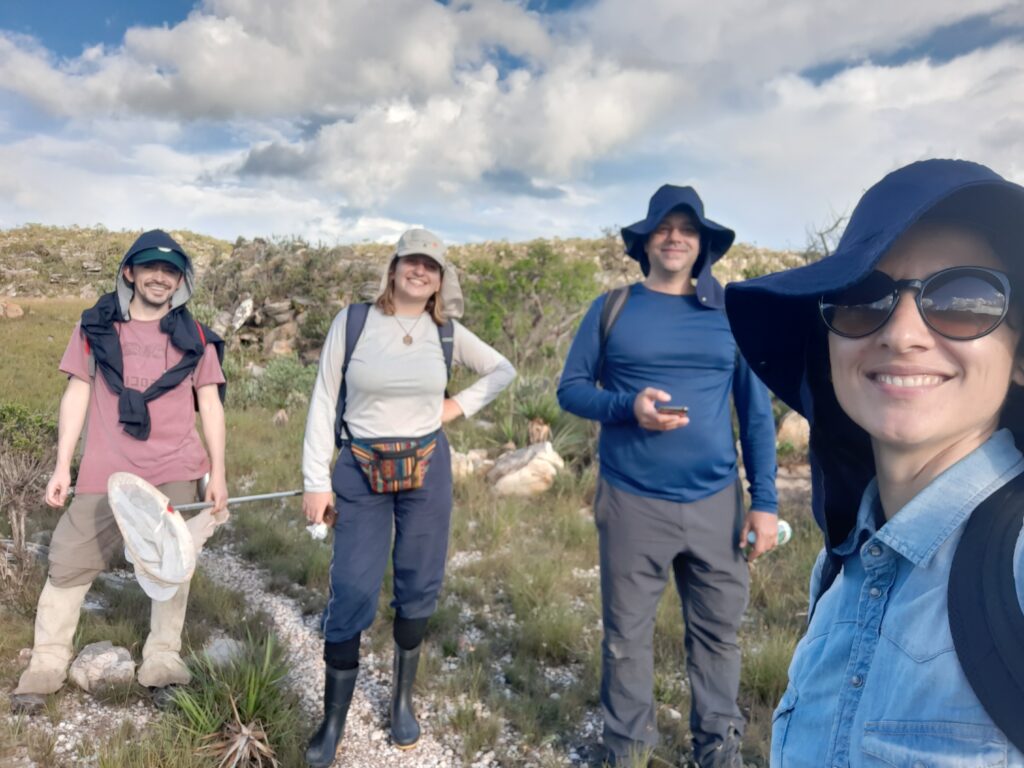
MNB: Where do you see the future for this particular field of ant research?
MAU: We are currently in the -omics era, using great technological tools to accumulate vast knowledge on species genetics and on the evolutionary history and relationships among or within groups of organisms. However, for most species, we don’t have data about their biology. In fact, this was the subject of a round table discussion at the International Ant Meeting in Brazil last October. We need to find more colonies, conduct more natural history observations, test our hypotheses and contextualize our results into a bigger picture. As for the Hylomyrma ants, I think the next steps are: finding H. balzani, H. lopesi,or H. balzani nests to understand the reproductive biology of a species with winged queen and queen-like intercastes that can be understood as ergatoid queens, broadly study the growth of imaginal discs using CT-scans, and unravel what mechanisms might be driving this female phenotypic diversity and which factors (molecular, genetic, epigenetic and environmental) can be at play.




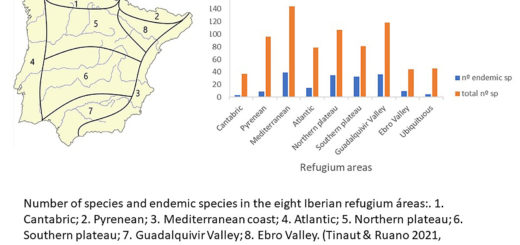
Recent Comments